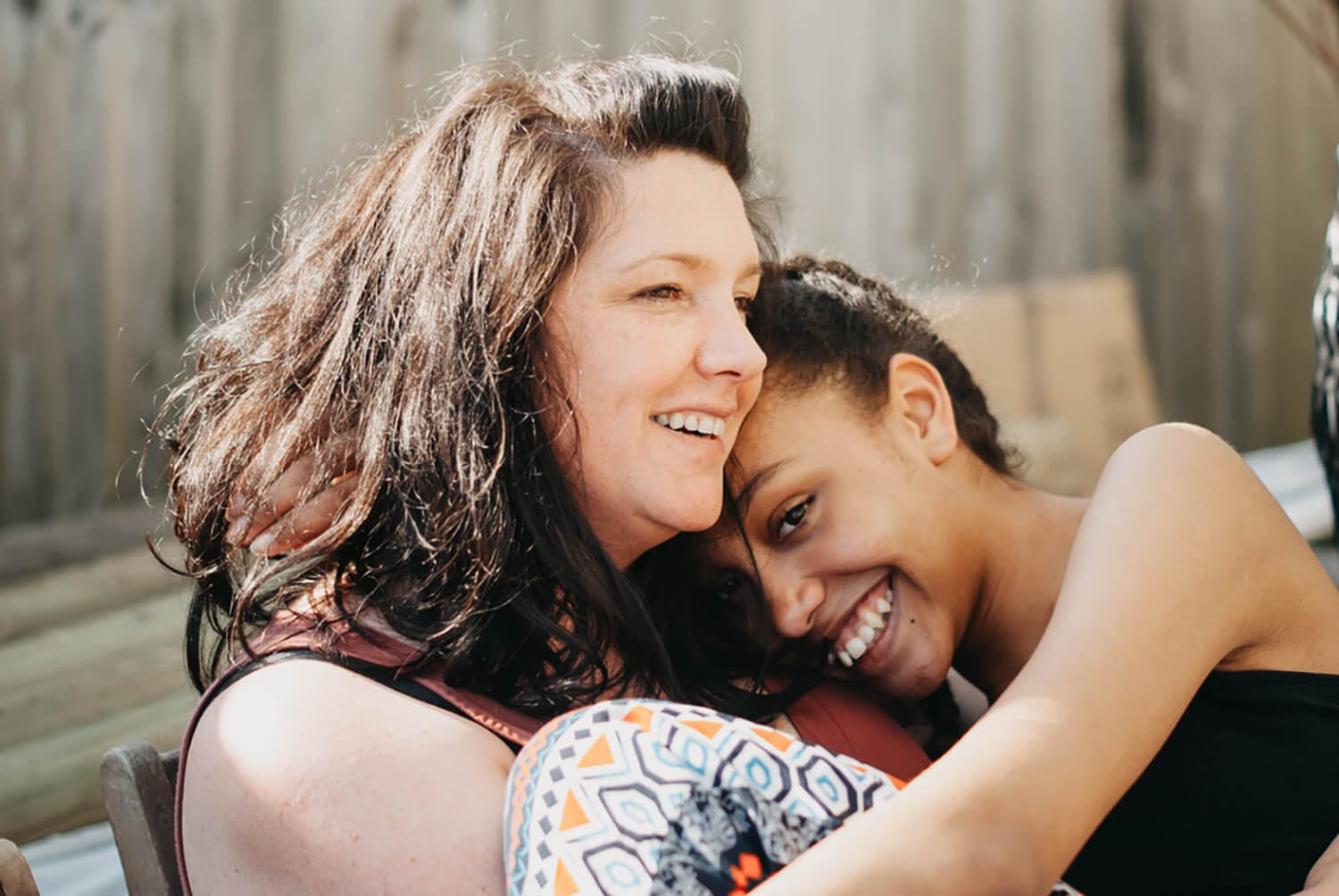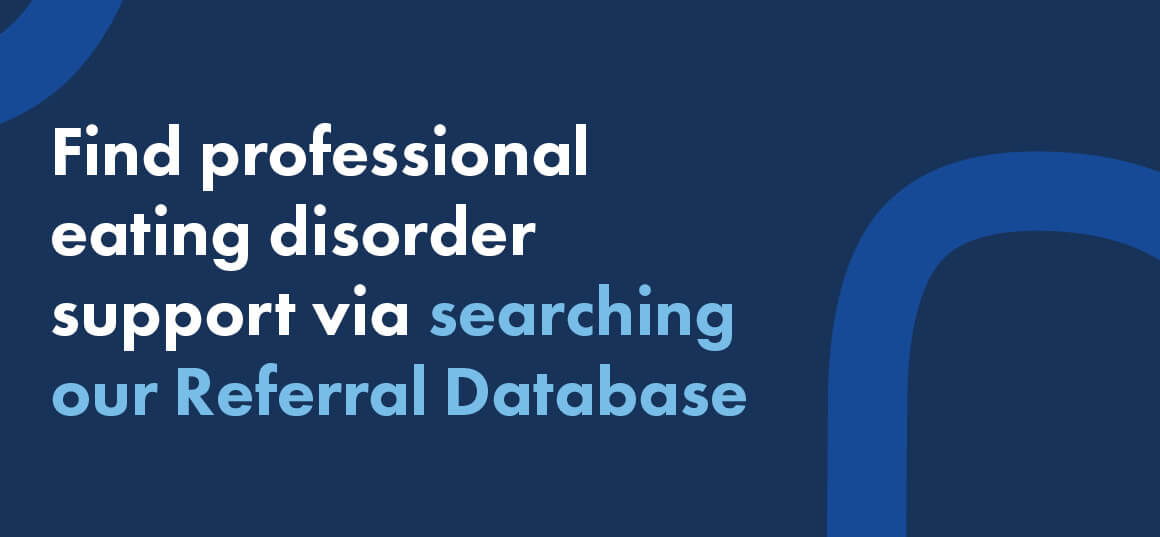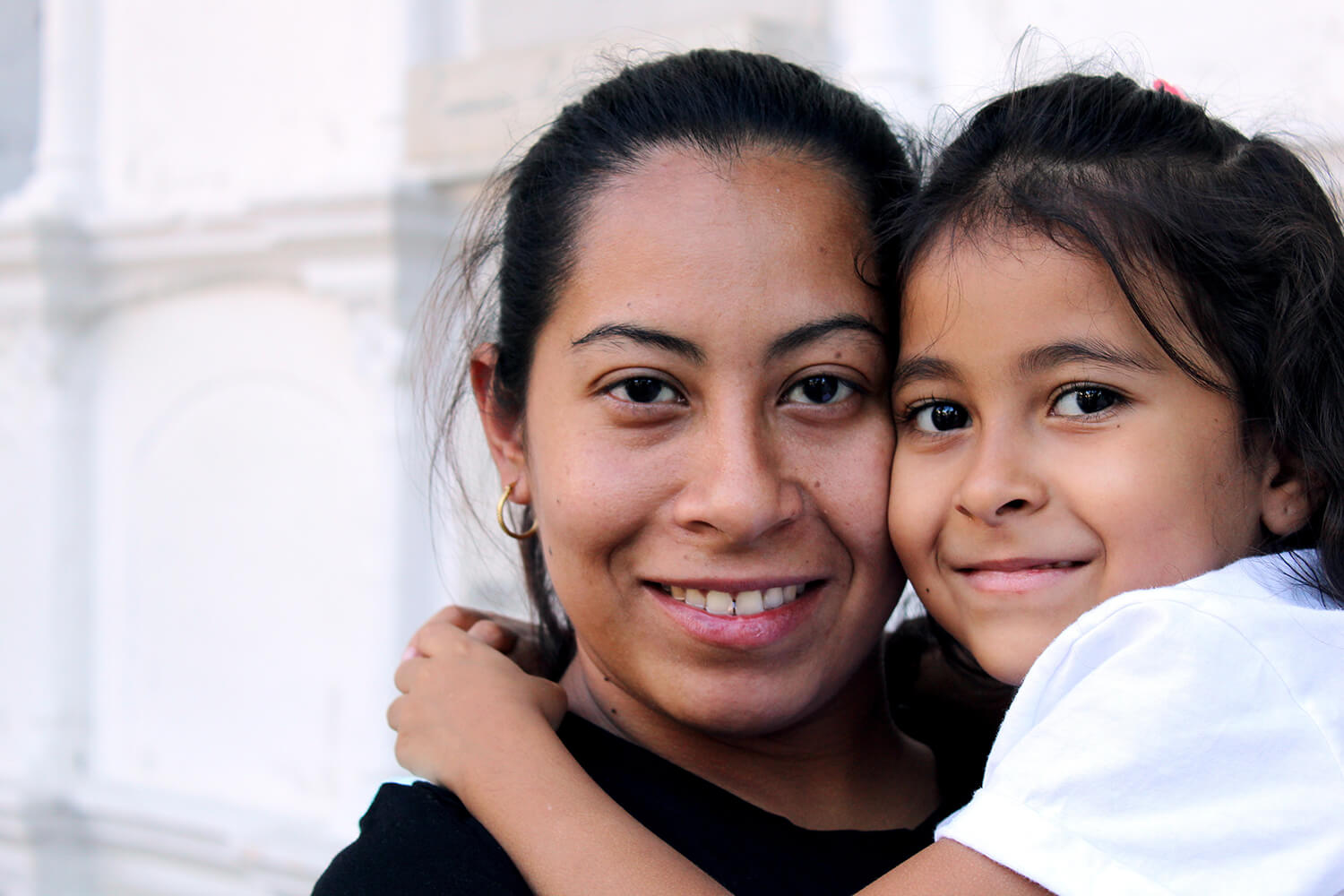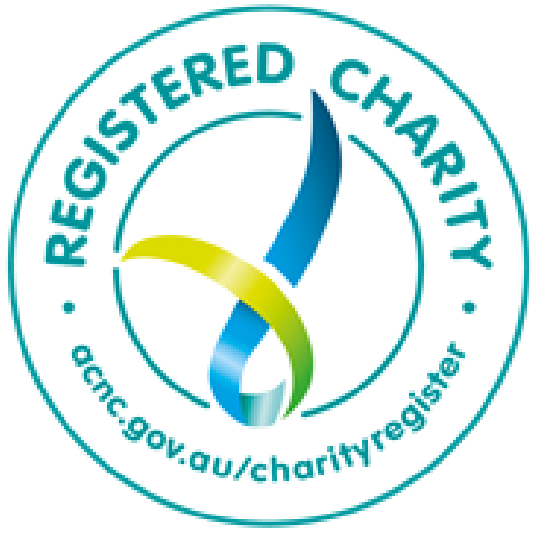Butterfly releases new research findings to break down the stigma of eating disorders
Butterfly’s Christmas appeal – ‘An Eating Disorder Looks Like Me’ – challenges prevailing stereotypes to show eating disorders don’t have a specific ‘look’ – whether it be body shape, age, cultural background, gender, socio-economic status or even eating disorder presentation.
- A quarter (25%) of Australians believe eating disorders are a choice and that people could stop their behaviour if they really wanted to
- Over half (57%) of Aussies incorrectly believe only young women are affected by eating disorders
- More than one million Australians – including males, females, LGBTIQA+, matured-aged, youth, and people from all cultural backgrounds – live with an eating disorder
- 75% of Aussies living with an eating disorder do not seek professional help due to stigma, stereotyping and a belief that they do not fit the mould of how an eating disorder ‘should’ look
There is a common misconception that eating disorders (EDs) have a specific ‘look’, however, 90 per cent of Australians are not confident they could recognise the signs or symptoms of an ED, according to new research released by Butterfly Foundation as part of its Christmas fundraising and awareness campaign, An Eating Disorder Looks Like Me.
As a direct response to these, and other prevailing stereotypes, Butterfly is challenging misconceptions and giving a voice to underrepresented groups.
Head of Communications & Engagement at Butterfly Foundation, Melissa Wilton explains that eating disorders are widely misunderstood in the broader community, with over half (57%) of Aussies admitting they believe only young women are affected by eating disorders, which couldn’t be further from the truth.
“We know that right now in Australia, more than one-million people, or four per cent of the population live with eating disorders. Eating disorders affect men, women, people from the LGBTIQA+ community, young people, older people and people from all sorts of different cultural backgrounds,” Melissa said.
Despite the significant number of people living with eating disorders, Butterfly’s research revealed that up to three quarters (75%) of them don’t seek professional help. A major factor contributing to this is the lack of understanding around eating disorders in the wider community, compounded by views that all eating disorders are linked to physical appearance.
Melissa continued, “Prevailing stereotypes like ‘eating disorders only affect young girls’ or that they are a character flaw and people could just stop if they wanted to, are extremely harmful. It needs to be made very clear that eating disorders do not have a specific look, nor do they discriminate. Anyone can experience an eating disorder.”
PREVALENCE IN AUSTRALIA
- Males:
- More than one-in-three (37%) of people living with an eating disorder are male
- Between 15-20% of people living with anorexia and bulimia are male
- There approximately as many males and females suffering from Binge Eating Disorder
- Females:
- Almost two-thirds (63%) of Australians living with eating disorders are female
- Women and girls are more likely to experience all types of eating disorders than males and boys
- LGBTIQA+:
- People who are LGBTIQA+ are at greater risk of developing eating disorders
- Two-in-three trans people report limiting their eating because of their gender identity,
- 23% of trans people have a current or previous diagnosis of an eating disorder
- Mature aged:
- Close to 5% of women aged 45+ are currently living with an eating disorder, however, it is difficult to accurately estimate how many older people struggle with mid-life eating disorders
- Periods of transition, such as divorce, menopause and retirement, can present a risk factor for developing or relapsing with an eating disorder
- Culturally diverse:
- People from different cultural backgrounds, including migrants and refugees, are at-risk of developing eating disorders due to post-traumatic stress and prolonged exposure to Western ideals of shape and size
Butterfly Foundation CEO, Kevin Barrow explains that as we approach the holiday season, for people with eating disorders, it can prove a very daunting and challenging time of the year.
“For many of us, the holidays mean spending time with family, sharing gifts and enjoying meals together. However, for people living with disordered eating, it can be a triggering time.
“We’re using this time of year to raise of awareness, spark conversations and tackle stigma head on. And in the spirit of giving, seeking donations to Butterfly so we can continue to provide critical services that help in the prevention and treatment of eating disorders,” Kevin said.
People living with eating disorders or disordered eating, or who are concerned about themselves or their loved ones, are encouraged to speak to their GP to access professional psychological treatment, or to contact the Butterfly Foundation Helpline on 1800 ED HOPE (1800 33 4673).
-ENDS-
Please reach out to the media contract below for further data from the research as well as interview requests with Butterfly spokespeople and lived experience case studies.
Media Contacts
| Alex Cowen
Communications Manager Ph: 0497 008 716 E: alex.cowen@butterfly.org.au
|
Mark Henderson
Edelman for Butterfly Foundation Ph: 0431 465 004
|
Editor and producers note: Please include the following support line details in all media coverage of this story and refer to the Mindframe Media guidelines for safe reporting on eating disorders. Please include the following helpline message.
Help and Support
Anyone needing support with eating disorders or body image issues is encouraged to contact:
- Butterfly National Helpline on 1800 33 4673 (1800 ED HOPE) or support@butterfly.org.au
- Find useful articles & resources via Butterfly’s COVID Help Hub
- Find a professional via Butterfly’s Referral Database
- Eating Disorders Victoria Helpline on 1300 550 23
- For urgent support call Lifeline 13 11 14




















